There is a rich cultural and historic heritage to be found in the region, its especially concentrated in the capital, take a look at out our Argostoli Day Tour. Opposite the Archaeological Museum of Argostoli (now closed after the damage caused by the 2014 earthquake) are the Law Courts, originally constructed by the British with stone from the Cyclopean site at nearby Krani (see below) and Kefalos which is the main theatre of the town.

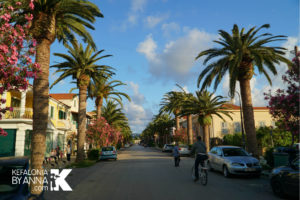
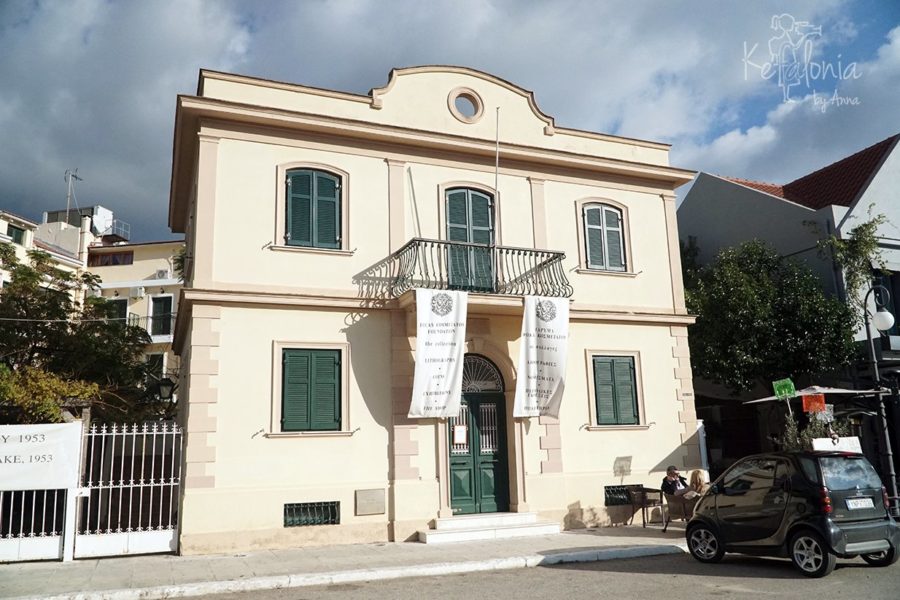
The Lithostroto is a wonderful pedestrian street, which incorporates the major shopping pulse of the capital town and the only Catholic Church of Saint Nicholas. A little further along you reach Kabana Square – home to the Bell Tower which was rebuilt in 1985 to house the original clock mechanism. The main “Vallianos” square has been recently renovated, there are plenty of places to sit to watch the world pass by, let the kids blow off some steam in the spacious flat area, or find the public exercise park just on the edge of the square. Stay a bit later as the square really comes alive in the evening when the surrounding restaurants, coffee shops and bars fill up and the atmosphere buzzes. In the square there is a statue of Panagis Vallianos, a merchant and ship owner thought to be the father of modern shipping. Close to the square is the Town Hall and the Focas-Cosmetatos Library and Museum which is worth visiting for their permanent collections, as well as for the earthquake exhibition in the outdoor courtyard.
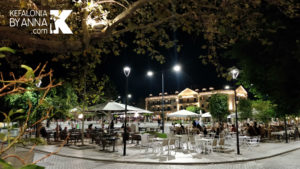
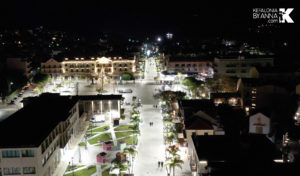
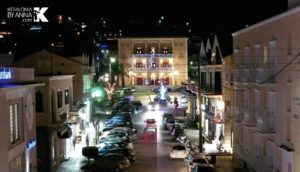
Enjoy a walk along the great Rizospaston Avenue, also known as the Palm road (although the Palm trees have recently been removed because of an insect that has decimated them), resulting in a small park full of pine trees or visit the Napier Garden with its great variety of trees or venture a little bit further out to the Botanical Gardens.
Another important site in Argostoli is the ancient city of Krani (located about 3km from Argostoli near Razata) among the ruins are parts of the walls of the ancient city which are known as the Cyclopean Walls because of their size.
To the east of Argostoli town sits the Koutavos Lagoon, a feeding ground for the Loggerhead turtles (Caretta Caretta). Now a nature reserve and historic bridge provides a pedestrian only crossing providing a pleasant flat walk and lovely views of the lagoon and city. There is also a footpath around some of the lagoon where you can stroll, watch or feed the birds.
It is worth visiting Drapano, on the far side of the bridge, a cemetery preserved by the Ministry of Culture. Here you can discover some fabulous marble and stone sculptures of artistic value by great sculptors such as: Mponanos Georgios, Filippotis Dimitrios, Malakates Iakwvos and many others. The British Cemetery is located a few meters closer to the bridge.
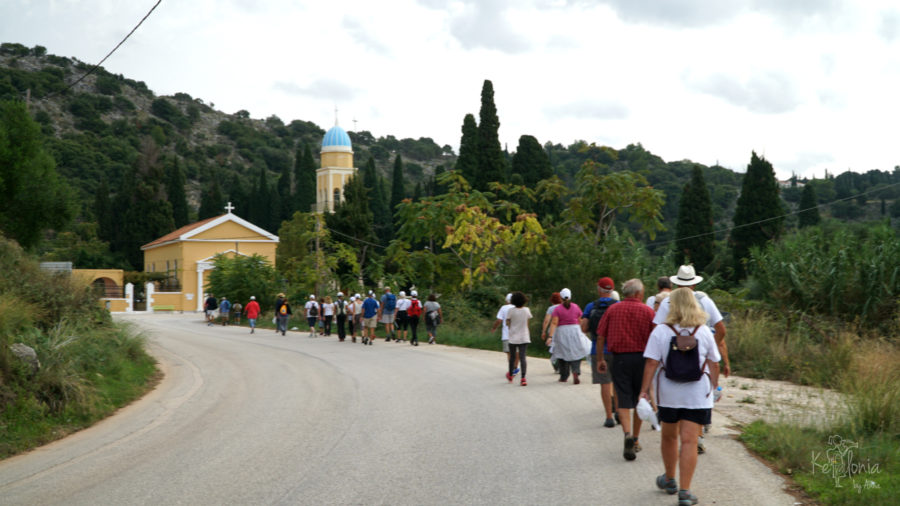
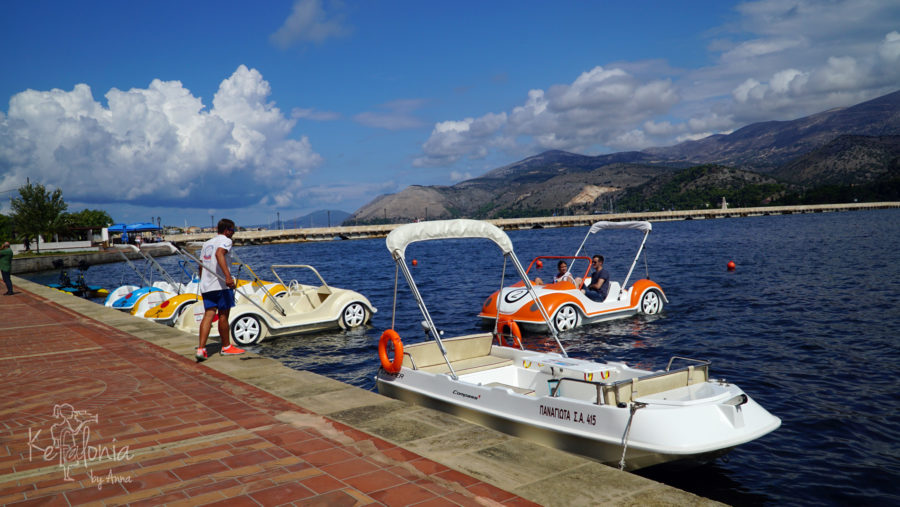
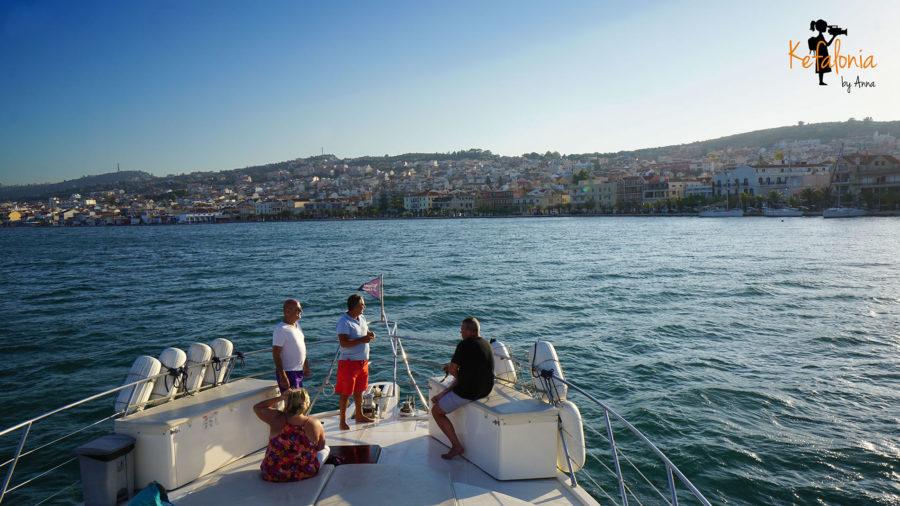
If you are visiting, or staying in, Argostoli town and are looking for somewhere to relax, swim or picnic there are three idyllic beaches called Fanari, Kalamia and Gradakia. It you want to visit the three beaches in the same day you could incorporate a visit to the unique phenomena and watermills at Katavothres, Agion Theodoron lighthouse (Fanari), named after the small adjacent church and the Monumento Ai Caduti Divisione Acqui (the memorial to the Italian Acqui Division). Kefalonia’s Greco-Italian Society maintains an exhibition called “The Mediterraneo Exhibition” in memory of the Acqui Division, next to the Catholic church in Argostoli. At the Kotsanas Museum in Argostoli you can find working models and fine examples of Ancient Greek Technology, located at Maistratos Port. Take a look at the statue of Nikos Kavadias a famous Greek poet, who can be found gazing out to see at the harbour in Argostoli, which is quite apt as he was known as “The Poet of the Sea”.
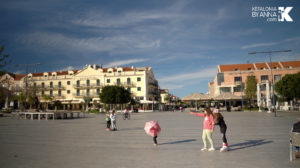
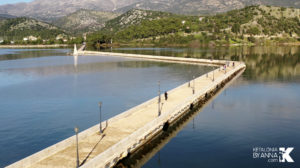
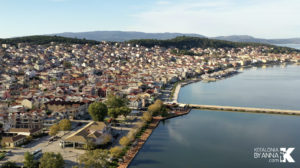
Further afield in the region Dilinata has an interesting olive museum (check opening hours) and nice square where you can watch the sunset and eat a souvlaki. The village of Farsa, 11km from Argostoli is worth exploring especially the old village which stands on the opposite side of the Paliki peninsula and has amazing sea views and is an atmospheric place to visit to watch the sunset through the ruins. Exploring the paths in and around the village gives us a great insight into the life of a traditional Kefalonian village.
There is a lovely walk you can take from Davgata Village to Argostoli, it’s a fairly easy route and takes about 1 hour.
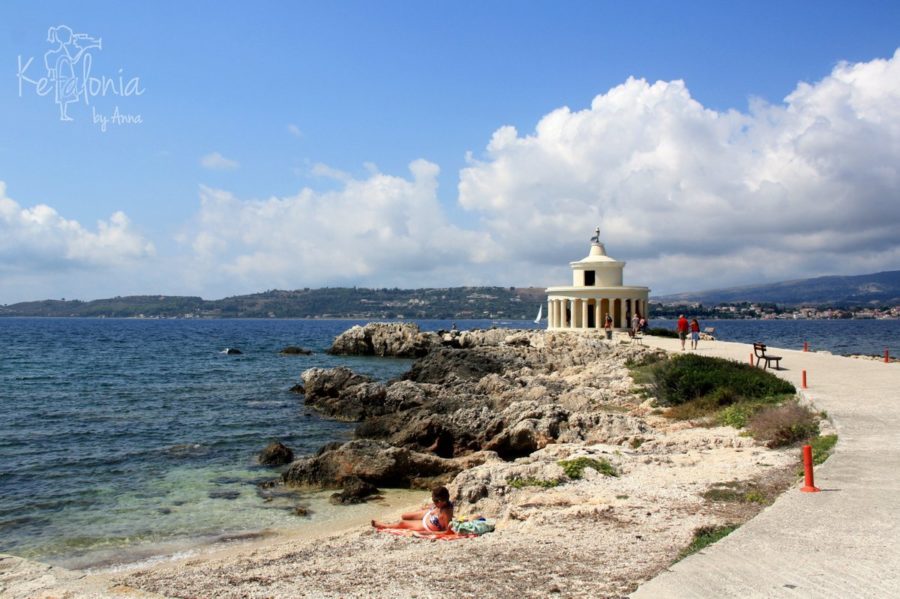
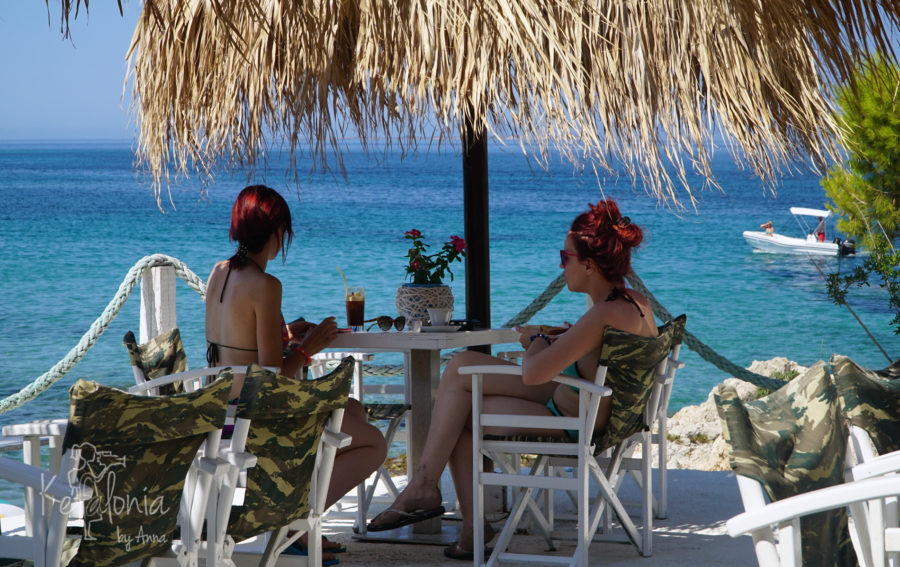
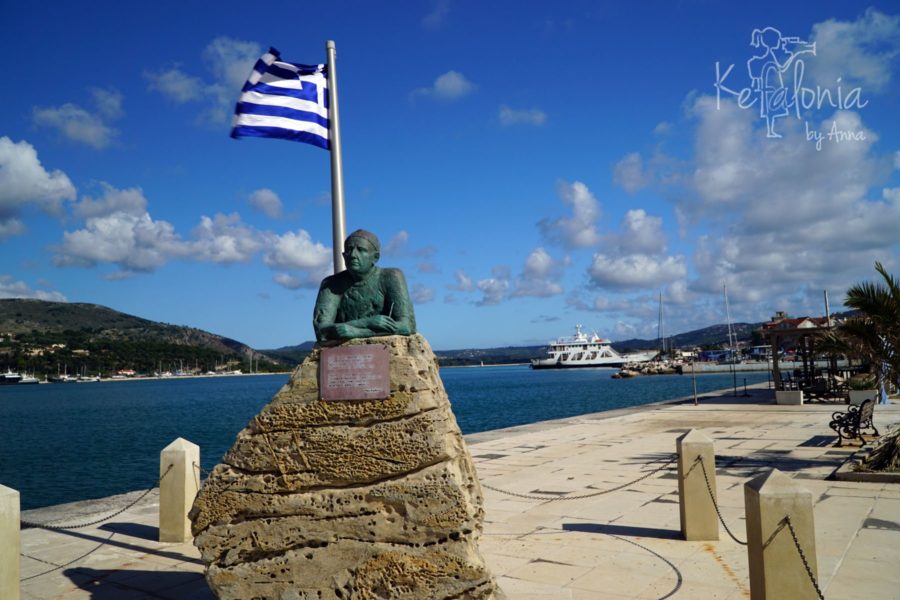
On the south coast of the Argostoli region you will find the tourist resort of Lassi, and the popular sandy beaches of Makris and Platis Gialos and Gradakia. Lassi is an attractive tourist resort, and visitors can find many bars, tavernas, supermarkets and shops lining the main road. A couple of kilometers on a hillside above the resort of Lassi is the Saint Gerasimos Cave where Saint Gerasimos lived for five years, leading a strict frugal life.
The small chapel of Agia Varvara can be found underneath a metal bridge just outside of Argostoli town on the road to Prokopata. The chapel is built into the stone and is an interesting place to visit as the bridge spans a small ravine.
